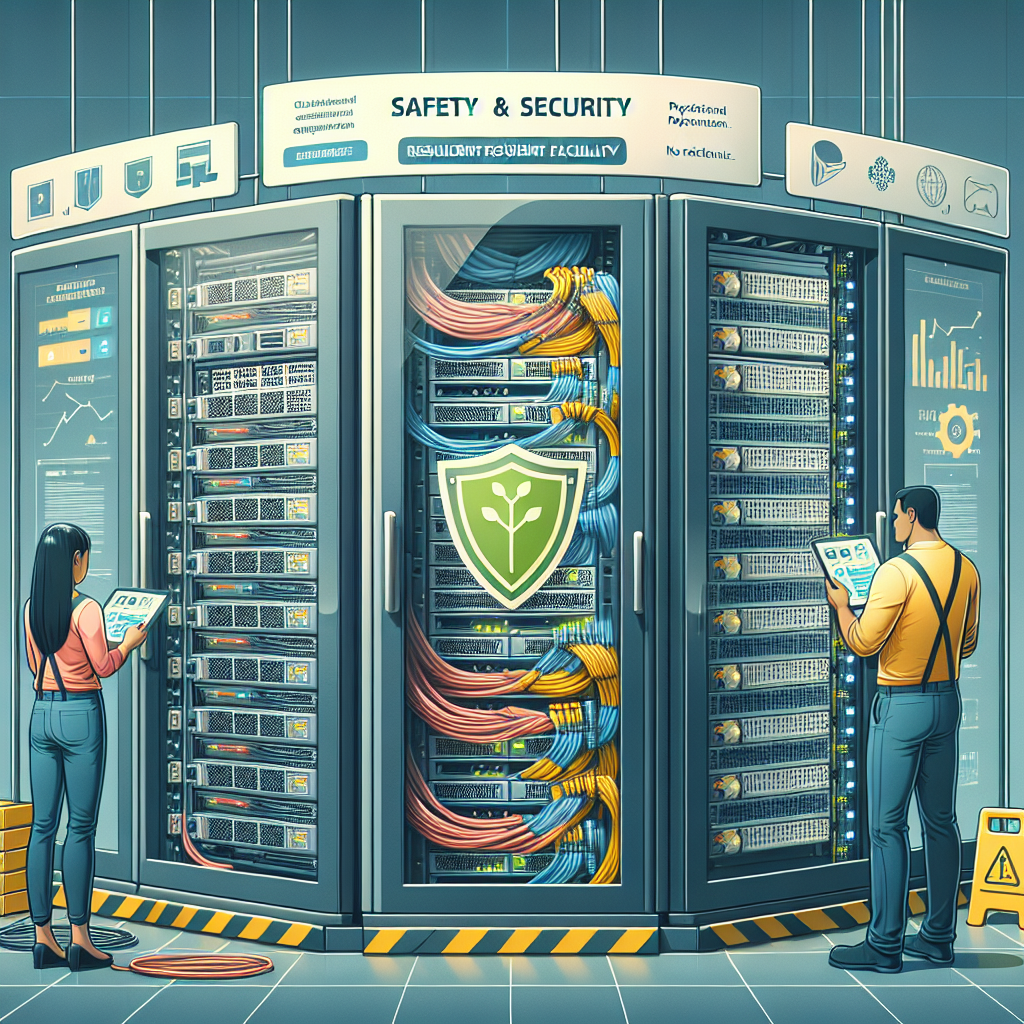Data centers play a crucial role in the modern digital economy, serving as the backbone for storing, processing, and managing vast amounts of data. With cyber threats on the rise and data breaches becoming more common, ensuring the safety and security of data centers has become a top priority for organizations.
Building a resilient data center requires careful planning and consideration of key safety and security measures. From physical security to cybersecurity, there are several factors that must be taken into account to protect sensitive data and ensure uninterrupted operations.
Physical Security
Physical security is the first line of defense for a data center. Access control measures, such as biometric scanners, key cards, and security guards, can help prevent unauthorized individuals from entering the facility. Surveillance cameras and monitoring systems can also be installed to track and record any suspicious activity.
In addition, data centers should have strict protocols in place for visitors, including sign-in procedures and escort requirements. Secure perimeter fencing and barriers can further enhance security by limiting access to the facility.
Fire Safety
Fire safety is another critical consideration for data centers, as a fire can quickly destroy sensitive equipment and data. Installing fire detection and suppression systems, such as smoke detectors, sprinklers, and fire extinguishers, can help mitigate the risk of fire damage.
Regular maintenance and testing of these systems are essential to ensure they are functioning properly and can quickly respond to a fire emergency. Additionally, data centers should have emergency evacuation plans in place to safely evacuate personnel in the event of a fire.
Cybersecurity
In today’s digital landscape, cybersecurity is a top concern for data centers. Implementing robust cybersecurity measures, such as firewalls, intrusion detection systems, and encryption, can help protect data from cyber threats, such as hacking, malware, and ransomware attacks.
Regular cybersecurity audits and vulnerability assessments are essential to identify and address any potential security vulnerabilities in the data center’s infrastructure. Employee training programs can also help raise awareness about cybersecurity best practices and reduce the risk of human error leading to a security breach.
Disaster Recovery
Data centers should have a comprehensive disaster recovery plan in place to quickly recover from unexpected events, such as natural disasters, power outages, or equipment failures. Backing up data regularly and storing it offsite can help ensure data can be quickly restored in the event of a disaster.
Testing the disaster recovery plan regularly through simulated drills and exercises can help identify any weaknesses or gaps in the plan and ensure a swift response in a real emergency situation.
In conclusion, safety and security are paramount considerations for building a resilient data center. By implementing physical security measures, fire safety protocols, cybersecurity measures, and disaster recovery plans, organizations can protect their data and ensure the uninterrupted operation of their data centers. Investing in these key considerations will not only safeguard sensitive information but also provide peace of mind for organizations and their customers.


Leave a Reply